These beautiful Mbuti barkcloth paintings are part of an exhibition at Raven Row called The Stuff That Matters. I was surprised and delighted by them, and taken back to 1980 when I saw an advertisement in Art In America for an exhibition of Pygmy Drawings at the Linda Einfeld Gallery in Chicago. The illustration struck a chord with me then and I wrote off for a catalogue.
I was looking at Jasper Johns paintings a lot in those days. I liked his method of covering a surface with cross-hatched marks. It seemed a non-representational way of painting (though derived from marks painted on a tree by a Mexican barber). These Mbuti paintings seemed to suggest a whole vocabulary of abstract marks that were very seductive in a similar way. An exotic visual music.
I inscribed one pattern over another pattern so they blended almost organically and I described them as a palimpsest. I liked Jasper Johns’ frequently quoted dictum – Take an object, Do something to it, Do something else to it, ditto ditto ditto ditto.
I took a chest of drawers and turned it into a chest of drawings. I carved channels into the wood and filled them with coloured wax. For a while everything I touched became Mbutified.
I was also playing around with the construction of a painting. I cut simple shapes of canvas and stretched them over a wooden framework that echoed their outline. I began making these frameworks from branchwood at the same time that I began painting the canvas with oil & wax encaustic and inscribing it with marks prompted by the pygmy drawings. These paintings were called Echo’s Bones. They each measured approximately 5 feet by 5 feet and I made maybe ten of them, exploring many ways of Mbuti mark-making. I slowed down when our twin daughters arrived, and when they started using them as climbing frames was when I stopped and started making smaller pieces.
Eventually a new method of picture making evolved using small scraps of wood veneer, inscribed over and over with ink drawings, then inlayed with cut paper shapes, coloured with wax-crayon and scrubbed and scraped. None of this was ever straightforward. It was about the process of making something, transforming one thing into another thing, hand-made manufacturing. It was always: take an object, do something to it, do something else to it, etc. The Mbuti marks persisted, as if they were the matrix for the pieces that grew from them. And eventually I realised these marks are not really non-representational at all, but visible signs of being in the forest and the fractal geometry of trees. They were the stuff that matters.
Christopher Hamer / The Rowley Gallery


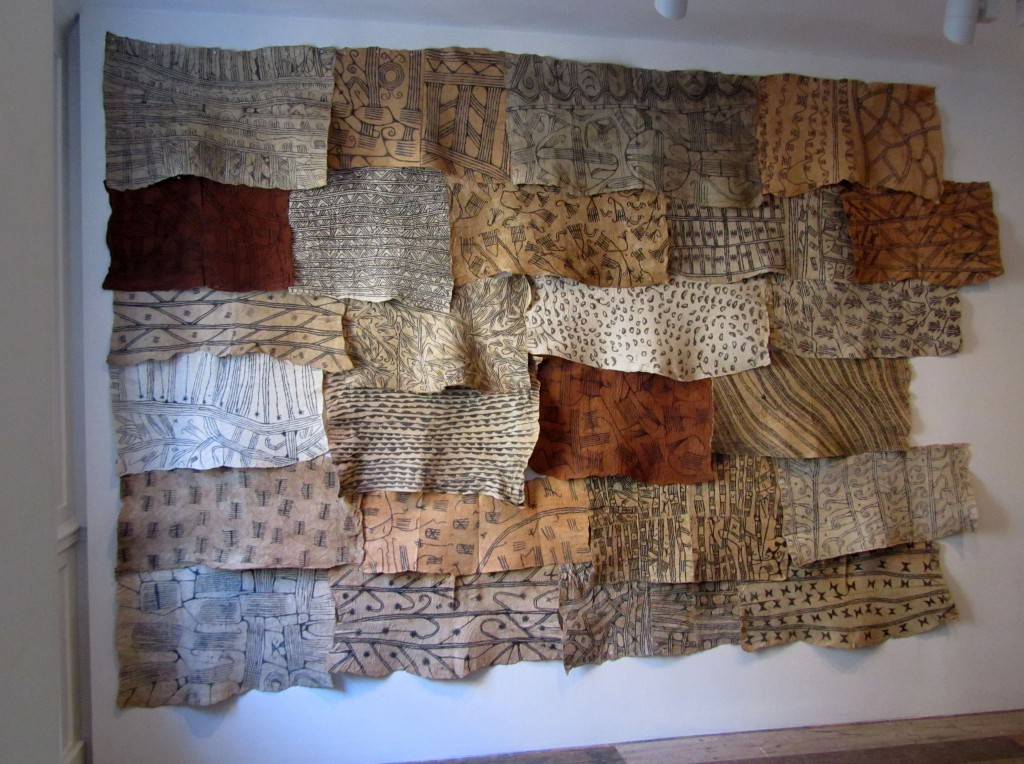
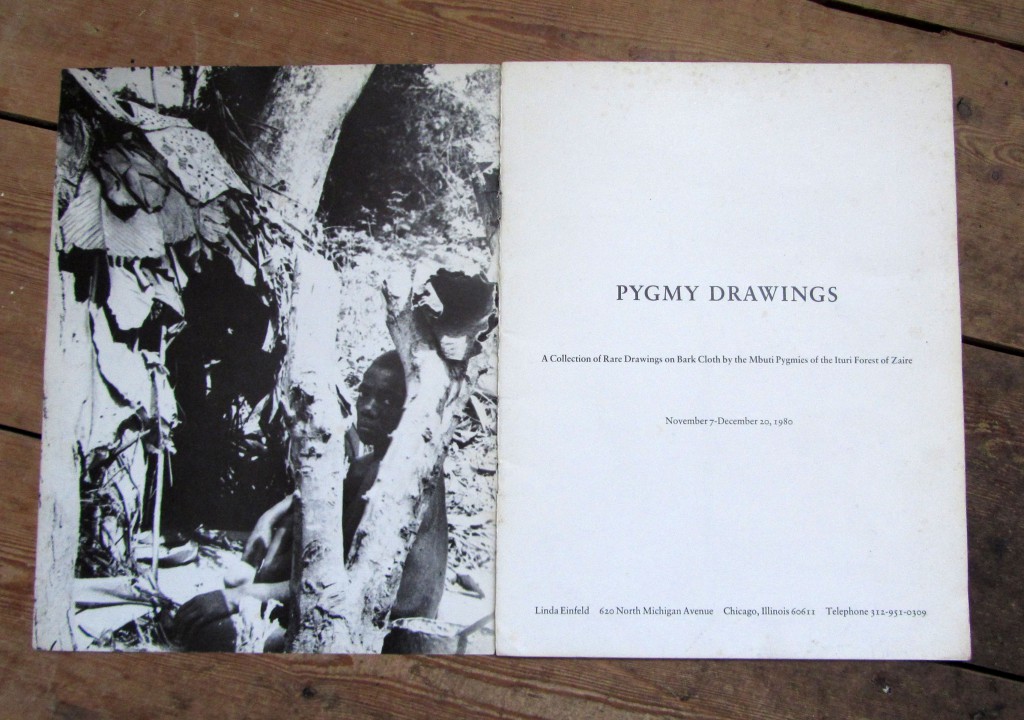

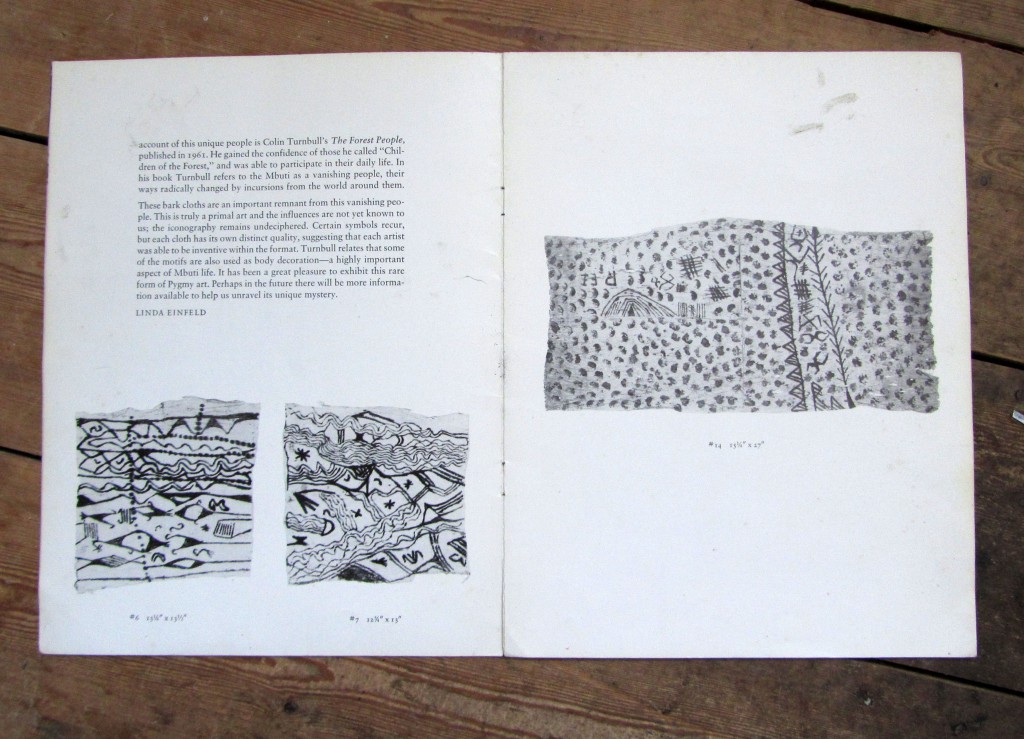
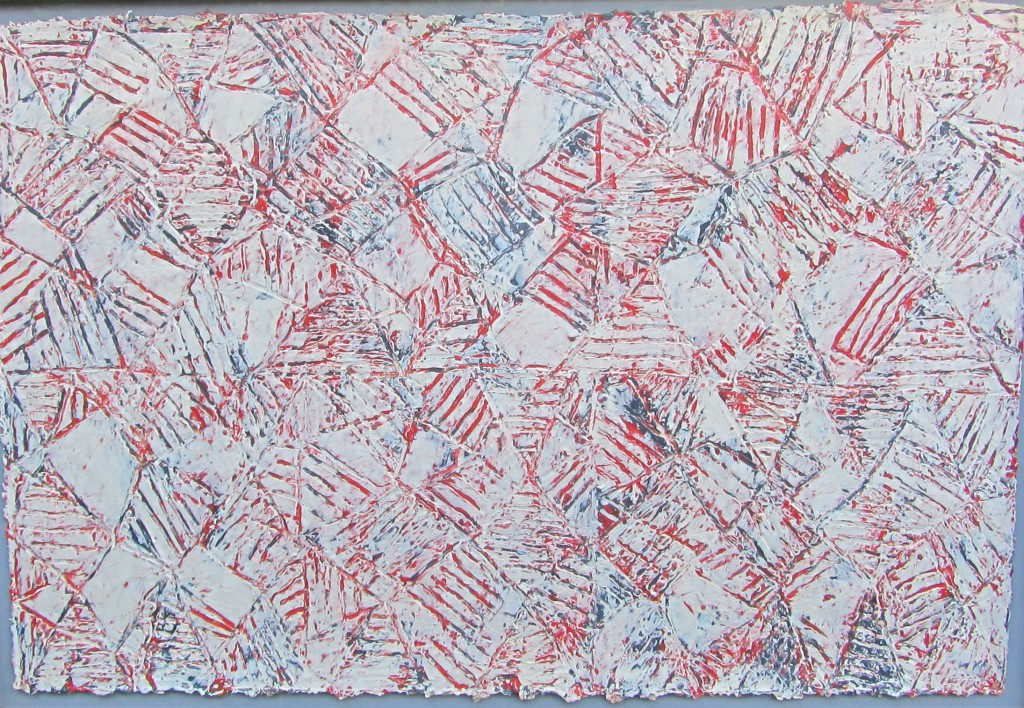

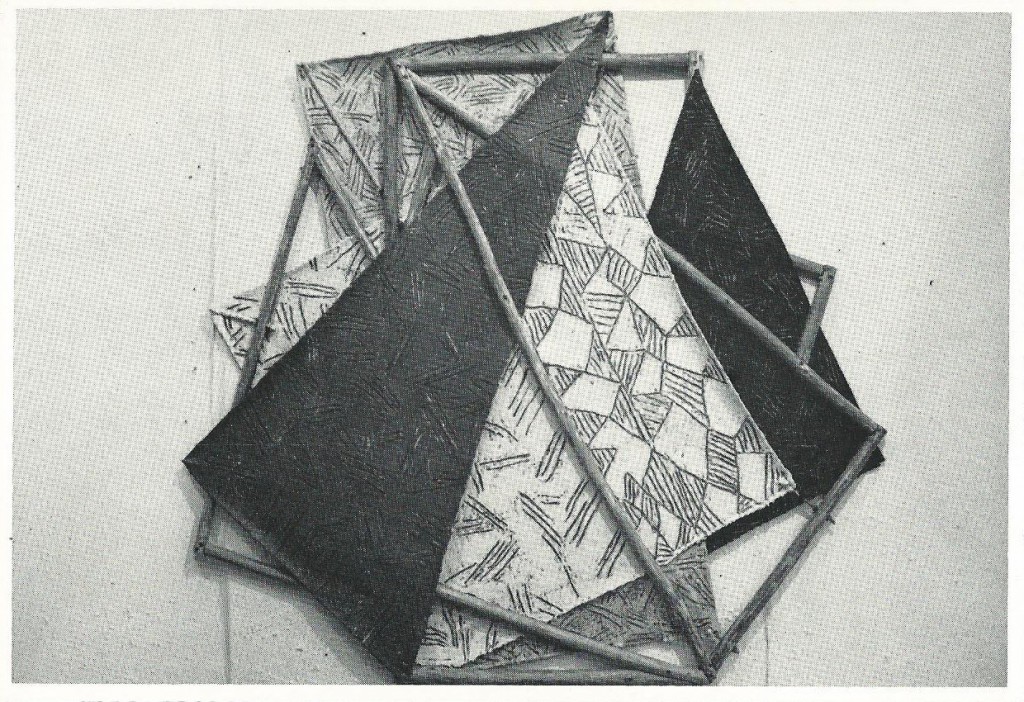
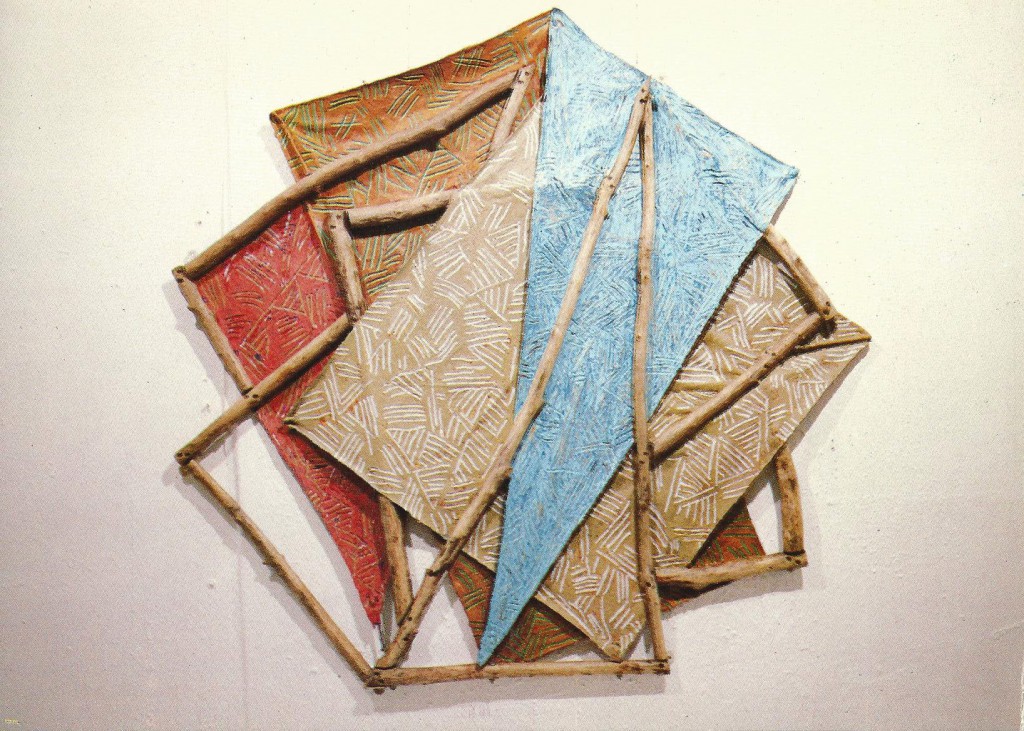

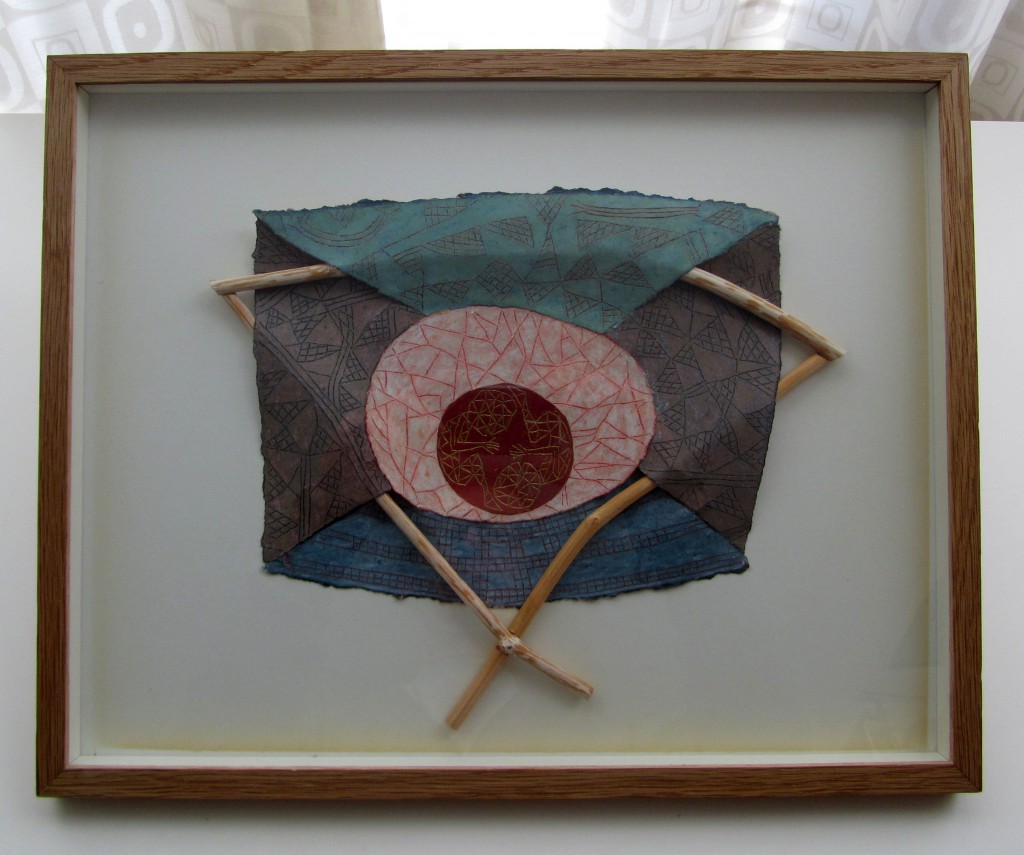
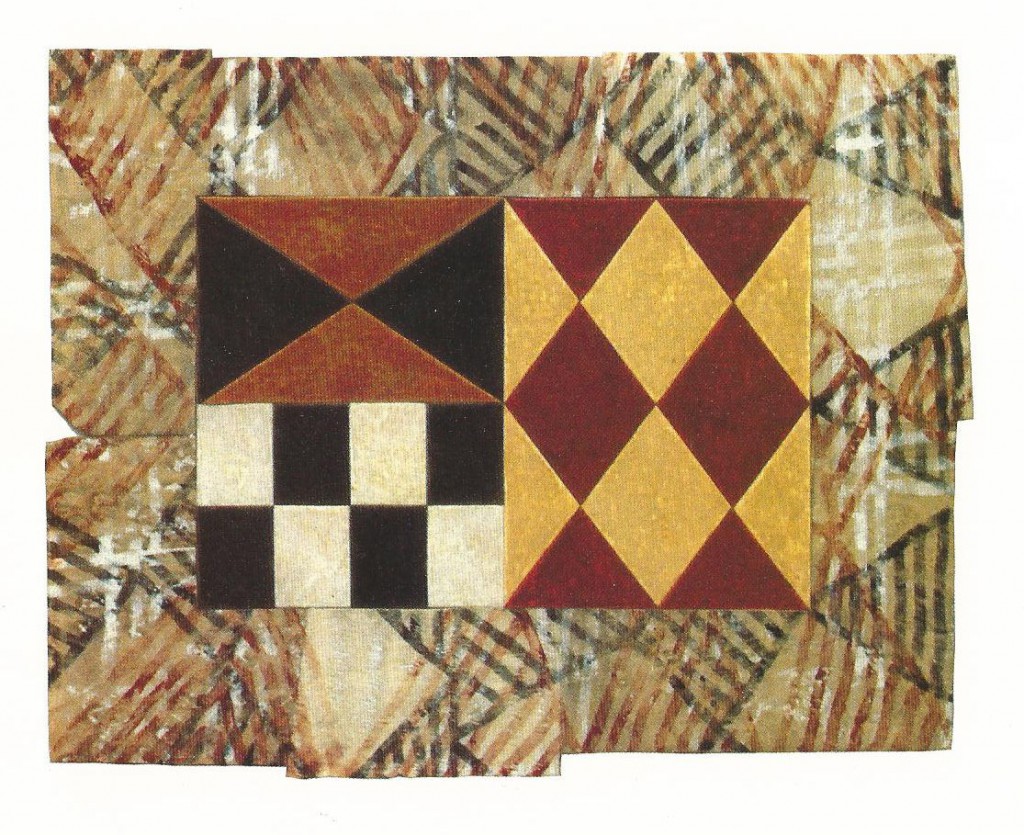
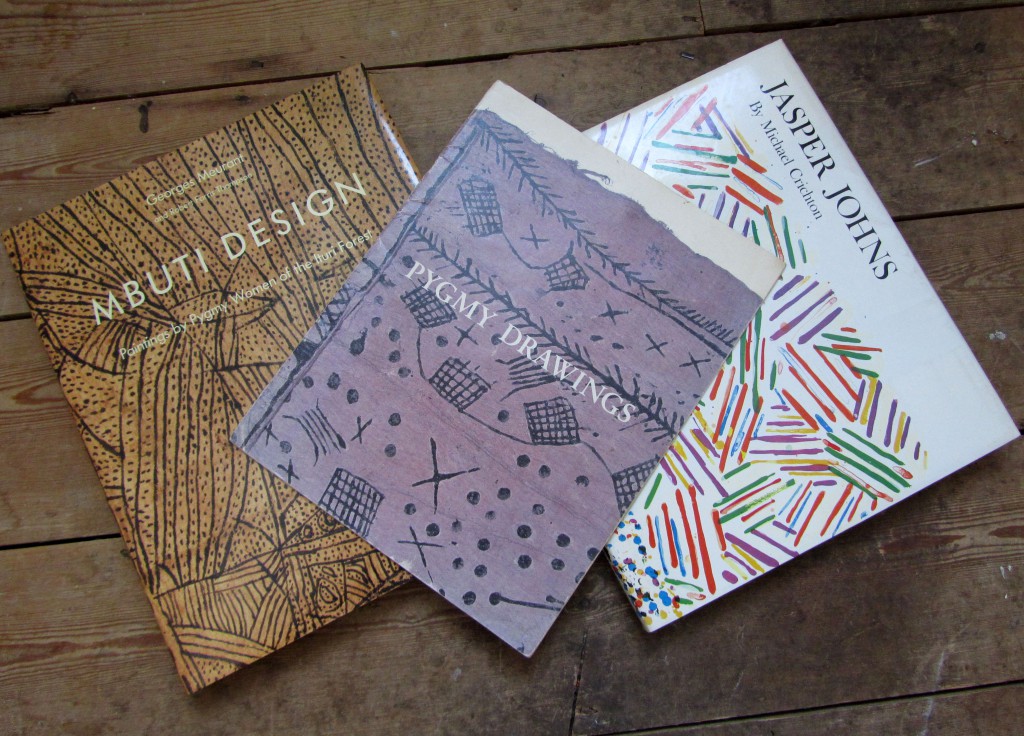
What a great post, Chris – so interesting. I had no idea you did such exquisite work!
I was browsing through Dec 1980 Art In America and found Linda Einfeld ad which led me to this. I love your work.
Very nice artwork, you have here.
I found your blog on my research on Pygmy drawings and can see that you have a catalog Pygmy drawings. I would very much like to buy a cataloge like that.
Can you by any chance tell me how to get in touch with the galley. I have tried to google it but nothing shows up.
Thanks 🙂
kind regards
Gunvor Brandt
Copenhagen, Denmark
Thanks Gunvor. I bought that catalogue in 1980. Maybe the gallery is no longer in business. But I just found one at AbeBooks – http://www.abebooks.com/Pygmy-Drawings-Einfeld-Linda-Chicago/1875721515/bd
Great & thank you very much! I’ll try to order the catalogue from there.
Gunvor